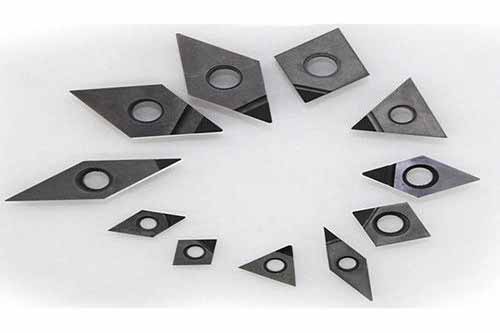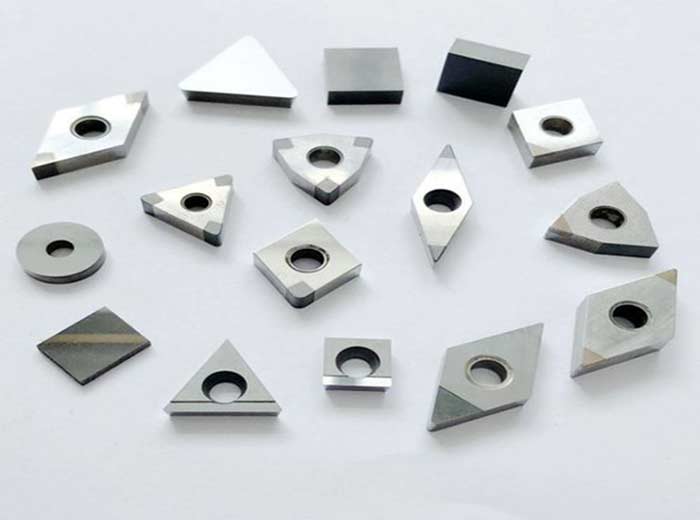CNC routers need bits – they determine the kind of processing you can do, the resolution of your finished designs, and how fast your machine moves through material.
Router bits come in many shapes, sizes, and configurations. Some will shear straight on, others shear up or down (sometimes both), and some are made for speed.
Upcut

Upcut router bits are designed to clear chips away from the material quickly. This is great for high-volume jobs and it is especially useful when cutting thicker materials.
However, it is not a good choice for thin or soft materials as the chip-out can cause unwanted fraying of the top surface of your workpiece. This type of bit also needs to be used with a faster spindle speed.
The best way to tell an upcut router bit from a downcut one is to check out the direction of the flutes. Upcut bits tend to have flutes that are going up as you cut around the right side of the bit.
Downcut
CNC routers need bits, and there are a lot of kinds to choose from. They determine the kind of processing you can do, the resolution of your finished designs, and how fast you can move through the material.
Bits come in a variety of geometries, have cutting edges that pull up or push down (sometimes both), and have square or shaped ends. They also come in a wide range of sizes for use in both handheld and table-mounted routing.
Compression bits essentially combine both upcut and downcut features, with the part closest to the plunge tip usually being ground to give an upcut shear. This helps to prevent tearout on the upper edge of the workpiece. This is particularly important when working with double-sided laminates like plywood or melamine.
Up-Shear
An Up-Shear compression router bit has up cutting flutes at the tip of the shank and down cutting flutes on the other end. This distributes the shearing action on both sides of the material resulting in clean top and bottom edges.
They are a good choice when routing double-sided materials or laminates like melamine. They also cut well in plywood, hardwood or softwood in CNC, handheld and table-mounted routers.
These are made of solid carbide and feature replaceable insert tips designed for machining double-sided veneered and laminated products with a superior chip-free finish. They also provide excellent tool life and durability in abrasive or hard-to-machine materials.
Whether you are cutting grooves or mortises, these two flute spiral bits are ideal for thin double sided material 5/8″ thick or less. They feature a shorter up shear length than most other compression spiral bits.
Down-Shear
Generally speaking, compression router bits operate by shearing chips upwards (up-cut) or downwards (down-cut). Shear bit blades force chips and shavings up and out of the workpiece, and they also push debris away from the base of the tool.
These advantages make compression router bits ideal for machining wood, flat-pack furniture, kitchen cabinets, and worktops. They’re also popular with laminated materials that need to show sharp edges on both sides of the material.
The newest addition to the world of compression router bits is Freud’s Quadra-Cut series, which combine the best features of up and down shear designs. Featuring two large up-shear cutters and two smaller down-shear ones, Quadra-Cuts offer the best of both worlds in a variety of profiles.
Combination
A Combination compression router bit is a combination of up-cut and down-cut shear flutes. The up-cutting flutes are closest to the end of the bit and help to preserve the edge on the bottom of the workpiece. The down-cutting flutes are located on the remainder of the bit and help to preserve the edge of the top of the material. This combination of shearing actions helps to eliminate tear out on both sides of double sided veneers or laminates. Whiteside’s compression spiral design and ball bearing guides make these bits easy to use in a router and produce a superior quality trimmed edge.
Summary:
If you’re routing through laminated material that has a tendency to chip out, you’ll want to use a compression bit. It’s the best way to prevent tear out on both sides of a piece.

